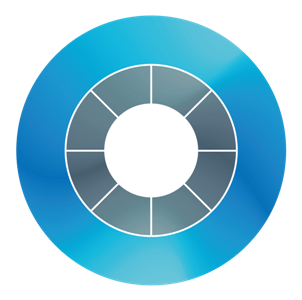A cervical herniated disc occurs when the soft core of a cervical disc leaks through the tough outer shell. Although this illness can be asymptomatic, pain develops when the herniated debris compresses a nearby nerve root. This type of ruptured disc typically affects people aged 30 to 50.
In addition to normal wear and tear, cervical disc herniations can be caused by trauma or a neck injury. When this happens, the symptoms frequently surprise the patient.
When a cervical disc herniates, the debris might press on surrounding cervical nerves, causing discomfort to travel down the arm. Along with the discomfort, you may have numbness and tingling. Muscle weakness in the biceps, triceps, or hands may also develop in certain circumstances.
Cervical discs are not particularly large. However, that does not imply that there is much room around the nerves in that place. Even the slightest crack in a cervical disc can cause nerve pressure and, as a result, severe discomfort for the patient. Usually, patients' arm soreness is one of the more severe symptoms.
Cervical Herniated Disc Causes
A cervical herniated disc doctor diagnoses it. Typically, the development is gradual and unrelated to a known cause. While this may be true, the causes can be broken down into the following.
Age
Discs that have gone through the natural wear and tear of aging are significantly more likely to herniate. When a patient is young, their discs have a high water content. Over time, the amount of water available in the discs decreases. This reduces the flexibility of the afflicted discs, increasing the risk of accidental damage.
Genetics
Back disorders are common in families, and cervical herniated discs are regrettably no exception.
Movement
Sudden or severe movements can result in a cervical herniated disc. If you move a large object or twist at a faster rate than your spine can take, you may damage a disc.
Traumatic Event
In rare cases, a traumatic injury caused by falls or vehicle accidents might result in disc herniation.
Cervical Herniated Disc Symptoms
A cervical herniated disc may cause a variety of symptoms across the body. For example, you may experience neck, arms, hands, fingers, or shoulder pain. The location of the cervical herniated disc mainly determines these symptoms.
Remember, the cervical spine is made up of seven bones placed one on top of the other. Doctors number these vertebrae from C1 to C7, beginning at the base of the head and progressing downhill. Cervical disc herniations impact the nerve that emerges at that precise level of the spine. As a result, if the C6-C7 level herniates, just the C7 nerve will be affected.
Conservative Treatments for Cervical Herniated Discs
Conservative approaches are usually sufficient for treating a cervical herniated disc. Fortunately, once the arm pain begins to subside, it usually does not recur. If the pain improves and becomes more bearable using conservative treatments, the patient will most likely not require surgery.
The following are successful, nonsurgical approaches for treating cervical herniated discs.
Painkillers
NSAIDs and COX-2 inhibitors have been shown to help relieve the discomfort associated with cervical herniated discs. These medications not only relieve pain but also reduce inflammation. Your doctor may also prescribe steroids to provide even more significant pain relief.
Physical therapy
CSpecifictherapeutic exercises may relieve arm pain caused by a cervical herniated disc. You can also use heat or ice in conjunction with this treatment to alleviate symptoms.
Cervical traction
Neck traction might assist relieve strain on the nerve root in some circumstances. This may not work for everyone, but it is worth trying because it is simple to implement.
Chiropractic manipulation
A chiropractor may choose to employ a low-velocity manipulation method called mobilization. This treatment can help to alleviate joint dysfunction caused by herniated cervical discs.
Bracing
In many circumstances, your doctor may advise you to wear a cervical collar to give support during periods of rest.
Activity modification
Specific activities will exacerbate your herniated disc discomfort. These activities include hard lifting, sailing, running, and so forth. Simply avoiding these activities will make your pain considerably more manageable.
Surgical Treatment For Cervical Herniated Discs
If your discomfort is severe and lasts 6 to 12 weeks, your doctor may consider surgery. Fortunately, 95% to 98% of these operations relieve long-term pain.








